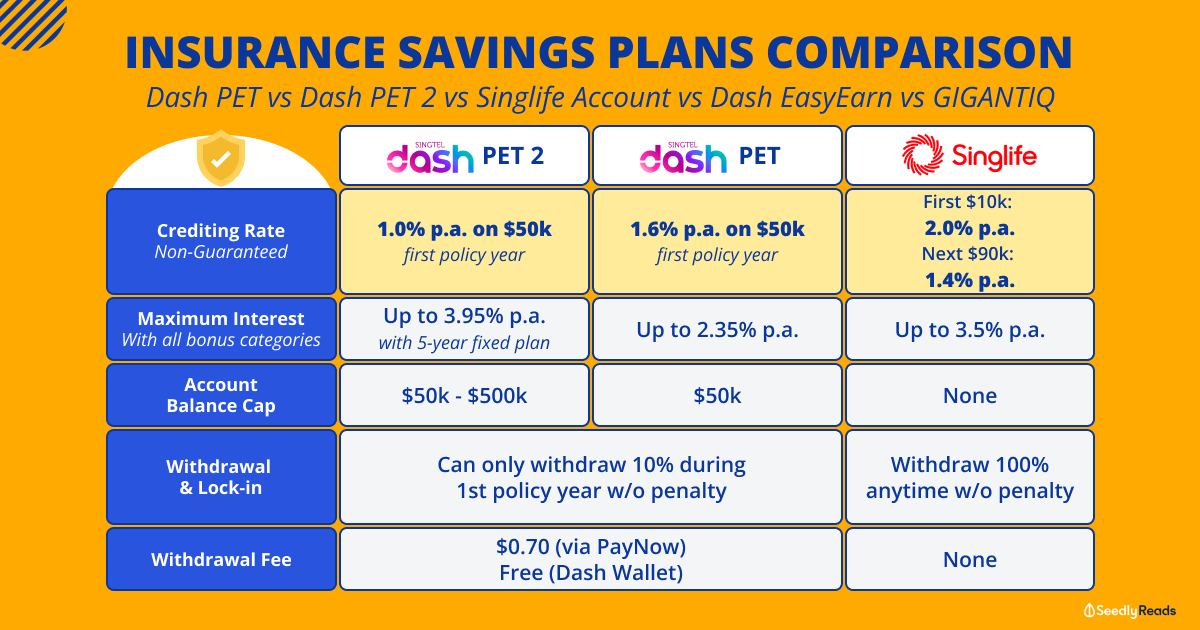Advertisement
Anonymous
Aviva MyProtector vs PruActive Protect
Hi there, I am trying to review my current plans due to cashflow issues and then comparing CI plans in the market.
Profile: 29 y/o, $35k annual income.
Currently I have:
- AIA GPP II WLP (20 years premium term) with sum assured $50k with multiplier so early + major CI $100k $1.7k/year
- Aviva MyProtector Term III (until age 75) with sum assured $500k, CI $100k $1.9k/year
1) Am I paying a lot for current plans based on my coverage? Considering to remove Aviva’s one as I am wondering if purchasing a term and standalone CI plan would be better. Lowering my coverage for both term and CI is not as cost effective according to my agent. My focus is more towards CI than death coverage for now
2) Is PruActive Protect a good plan that I can consider in comparison to Aviva MyProtector?
3
Discussion (3)
Learn how to style your text
Elijah Lee
14 Jun 2021
Senior Financial Services Manager at Phillip Securities (Jurong East)
Reply
Save
Write your thoughts
Related Articles
Related Posts
Related Posts
Advertisement








Hi anon,
1) You have around $200K CI coverage at this point which is reasonable for your profile.
However, do note that your coverage for MyProtector is till age 75, and I am wondering why this is so. Do you need death/TPD coverage till age 75?
For CI cover, it seems that you want to have some protection in your retirement, if not you would not have a WLP. That's ok, except that AIA GPP II wasn't the most competitive in my view (when it launched, and even till now). Still, having held on to it, you will want to continue with the plan. I would not make any changes to it.
Ask yourself if it is necessary to have $500K D/TPD cover till 75 or will 65/70 suffice? Same for the CI coverage on the term plan, do you need it till age 75, when you should ideally rely on the WLP for coverage instead?
The reason why your premium on the term plan is so high is due to the age you are covered till. You may find that the premium drops a fair bit if you shorten the duration of coverage, but this does come at a price, if you shortened the duration till age 65 for example, and something happens at age 66, you will not be able to claim.
Speak with an advisor for an indepth analysis of your situation.
2) You'll need to compare them like for like first, i.e. same scope of coverage and coverage duration. If it's purely for death/TPD, the cheapest plan wins. If you add CI/ECI coverage, additional scrutiny will be helpful.